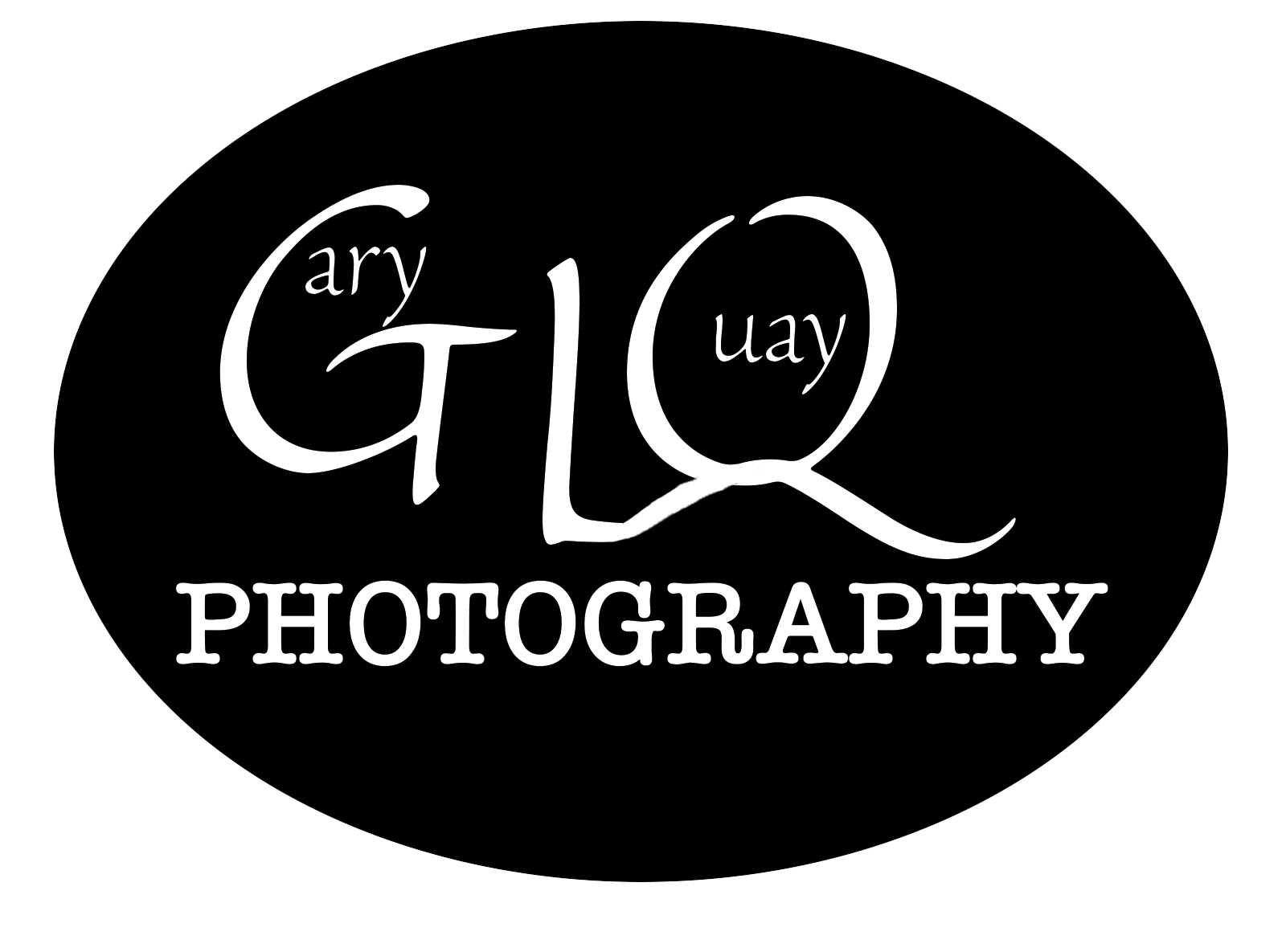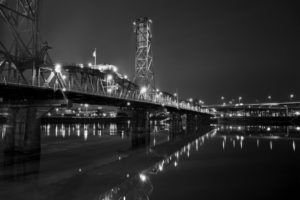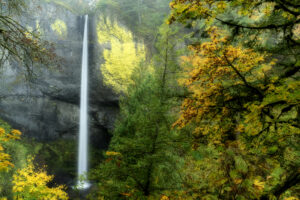The title for this piece comes in part from an album title from 1983 by a band called Minutemen. The album was called “Buzz or Howl Under the Influence of Heat.” Minutemen were a punk rock band, so the music was straightforward, loud, and crunchy. I tend to think that infrared photography is a bit the same.
And it’s certainly influenced by heat.
Infrared (IR) photography is the art of capturing heat. Whether on a digital sensor, or on film, what is captured by the camera is on the red side of the light spectrum. Heat, as one may assume, is a fair-weather and rather timid animal, and tends to hide at night. It also hibernates from November through April in temperate climes. As with most elusive, timid beasts like your everyday Sasquatch, getting a sharp picture of it is tricky. Normal focusing creates fuzzy images (Sasquatch notwithstanding) because the wavelength of infrared light doesn’t bend as much as other colors when it passes through the lens.
Until recently, lenses had infrared focusing marks. Most of my vintage lenses do, as does my more modern Zeiss Distagon. To focus, you unfocus the lens slightly based on that mark. So, once you focus on your Sasquatch, you have to stop, turn the focusing ring to the infrared mark, and then take the picture. By then, of course, Bigfoot is gone, but you can take a wonderful picture of the scenery.
In this day of cameras on every phone, Go Pro’s mounted on every skier and skydiver, with drones droning the countryside incessantly, and intrepid nature photographers roaming thither and yon with lenses that can fill the frame with a pair on mating cranes from a mile away, none of them can properly photograph heat, Bigfoot, ET, JFK, or any given Illuminati unless properly equipped with infrared film or converted digital camera.
The appearance of infrared image, when taken in optimum temperatures, is intense and otherworldly. I am familiar mostly with black and white IR. There is also color IR, in which the colors change depending on temperature. I don’t use it. I prefer B&W.

In black and white IR, water, and shadows tend toward black because they emit less heat. Leaves and grass turn white, as does skin (of lighter skinned people)
I started using infrared film in the 90’s, and my favorite was Konica IR 750. I wish I had tried more Kodak HIE before it was discontinued, but I had the Konica to play with until it too went away in 2005. In extremely late 2019, I had my Nikon D300 converted for digital IR.


The venerable D300 has a cropped sensor camera, however, and while I like having a replacement for the discontinued films, I have become rapidly disappointed by the lack of resolution. I still prefer film. The larger the better. The next picture was taken with Konica 750 IR with my hasselblad and a 6×4.5cm film back.
There are a couple of IR films still on the market. Rollei makes a 400 ASA film that is available in 35mm, 120 and 4×5. Ilford makes an IR emulating film called SFX that is available in 35mm and 120.

Another method of infrared photography exists: use an infrared filter on a modern DSLR. For the next picture, I used a R72 filter on a Nikon D810. I kept it in color mode instead of monochrome because it gives me more control. The picture shows up as red, but I switch it to B&W in Photoshop.

The R72 filter is known as an opaque filter. By my calculations, it gobbles up 12 stops of light, making for some long exposures. The above picture was 30 seconds at F11. This works well as long as there isn’t a breeze.
Photographing heat can be fun. Be prepared for some pleasant surprises and intense pictures. The best time is when the temperature is over 75 degrees, in my experience, so get out in the summer and soak in some rays.
Oh, and say hi to Sasquatch for me.

Technical Data
Featured Image: Charles Nelson House, Wasco County, Oregon
Camera: Hasselblad 500CM
Lens: 50mm Zeiss Distagon
Film: Konica Infrared 750
St Johns Bridge, Infrared
Camera: Hasselblad 500CM
Lens: 55mm Carl Zeiss
Film: Konica 750 Infrared
Mt Hood Over a Farm in Dufur, Oregon
Camera: Nikon D300
Lens: 28mm Zeiss Distagon ZF2
Drinking Fountain, Stone Park, Fairview
Camera: Nikon D300 (infrared conversion)
Lens: Vintage 20mm Nikkor
Grain Elevator, Biggs Junction, Infrared
Camera: Hasselblad 500CM
Lens: 50mm Carl Zeiss
Film: Konica IR 750 developed in Clayton F76+
The Hawthorne Bridge, Portland, Oregon, Infrared
Camera: Nikon D810
Lens: Vintage 35mm Nikkor.
Abandoned Gas Station, Dodson, Oregon
Camera: Nikon D300 (infrared conversion)
Lens: Vintage 20mm Nikkor.




